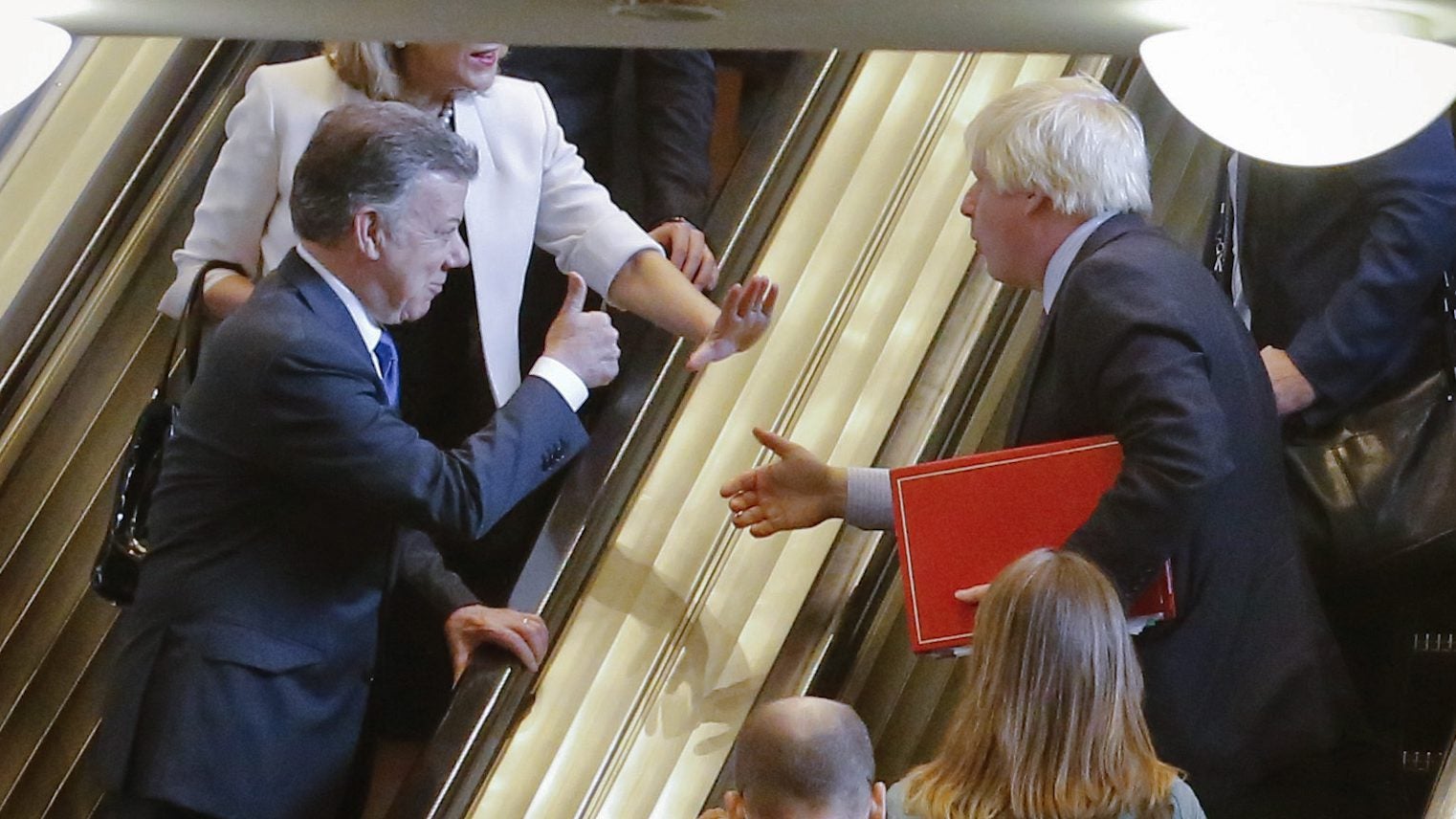This strategy for networking at conferences works even if you’re not a natural
Years ago I was at a conference where the CEO of a Fortune 100 technology company was going to speak about his view of the future. I’d never seen him speak in person before, and I was excited. This guy led one of the most successful companies in the world. Surely he’d have a mind-blowing vision of the future! Then he got up to speak … and it was as if he were going line by line through a fluff blog post about the tech industry from three years ago.


Years ago I was at a conference where the CEO of a Fortune 100 technology company was going to speak about his view of the future. I’d never seen him speak in person before, and I was excited. This guy led one of the most successful companies in the world. Surely he’d have a mind-blowing vision of the future! Then he got up to speak … and it was as if he were going line by line through a fluff blog post about the tech industry from three years ago.
I walked out of the main conference hall disappointed. Sidling up to the coffee pot, I groggily poured myself a cup of the subpar caffeinated beverage.
“Well that was a colossal waste of time,” said the woman next to me.
“Tell me about it,” I agreed, nodding as I attempted to sip my coffee without scalding myself.
We then struck up a conversation about my startup, my PhD research, and what she’d been working on at her company. Nothing immediately came of the conversation, but years later she became one of my customers.
While this is only one example, it illustrates an important point: content is only a small part of a conference’s value. The most important thing that conferences provide is the opportunity to meet and help like-minded people. They force you into an enclosed space with other humans who are interested in the things you’re interested in. They give you natural topics of discussion that you can launch into with little effort, even if you’re not a natural networker.
At one recent multi-day conference I took this to the extreme. The first day, I went to talks from 8 AM to 8 PM. I ran from a talk on the current state of the US transportation network to a talk on big data in industry to a talk on sports analytics.
The venues were spread across town, so I had to take a shuttle from talk to talk. The shuttles were small, only accommodating two or three people. During your ride, you had two choices: sit in awkward silence, or talk to each other. Every time, I chose the latter. I met extremely interesting people, such as a lieutenant governor and a well-known author. If we had just bumped into each other at the conference, it’s unlikely that we would’ve had a conversation, much less a substantive one. The forced proximity of the shuttle, however, worked wonders.
Driven by both my fascination with this phenomenon as well as the unappealing prospect of sitting through another 12 hours of talks of questionable value, I made a decision the next morning: I would sit in a shuttle all day and just ride from venue to venue.
I have to admit that when I explained my plan to the shuttle driver he was amused, but he went along. I rode for about 4 hours before I was exhausted and needed a break. My foray into forced serendipity, though, was quite successful: I met dozens of people doing interesting work in a variety of fields, and I was able to make many useful connections between my shuttlemates and my existing contacts. Over the years, some of these shuttlemates became customers, some included my work in their articles, and some provided invaluable connections to their contacts.
As you go to conferences, try to create these opportunities for yourself. Skip a speaker session and instead resolve to talk to one new person every 15 minutes. Hang out by the coffee pot and strike up a conversation. While you can’t be assured that every one of these conversations will be useful to you both, chances are it’ll be more valuable than going to a talk that you’ll forget in a few weeks.
Ben Waber is the CEO and co-founder of Humanyze.